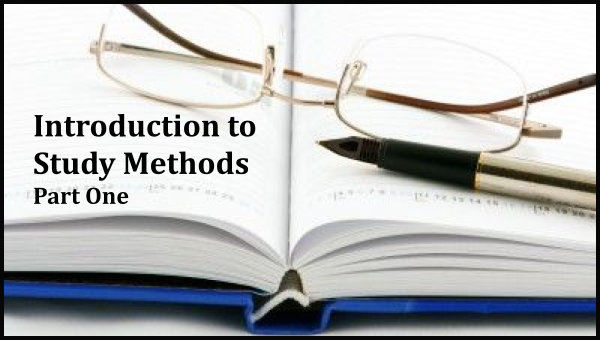By Tyson Thorne

I was 15-years old and at a Christian camp, sitting around the campfire with others from our church youth group and paying more attention to the girl I was crushing on than to the discussion leader. That is until he read a Bible passage and wanted to go around the circle with each student answering the question, “what does this mean to you?” Yes, red flags went full sail in my Bible-geek mind. I was about half-way around the circle, so my challenge to this exercise should have been delivered tactfully. It wasn’t.
“I’m not sure the question is relevant. I mean, what it means to us today doesn’t really matter. What matters most is what it meant to the writer and the people he wrote it to.” It got worse from there as I explained the context of the passage and delivered a mini study on the intended meaning of the verses. I might have been right to challenge the exercise, but I did so poorly. Even so, the point was relevant and is the first lesson in reading and understanding the Bible.
A great resource for learning to study the Bible in a meaningful way is Gordon Fee’s New Testament Exegesis. In it he emphasizes the importance of identifying what kind of Bible study you are committing to. The most common, which will be the primary focus of this research, is the study of a particular book. This format is the simplest to exercise good inductive skills. The other is the study of a particular passage, which can be difficult if one has not done the hard work of a book study first. A common method is OASIS.
OASIS is a an acronym for the five major steps in preparing a Bible study.
Overview of the book.
Analysis/Observations of the book/passage.
Synthesis of key concepts.
Integration/Application of the text.
Supplying your work to others in an easily understood format.
This is most easily understood through example, so we at Think-Biblically have prepared a sample study using this method. Since we cannot do an entire book, we’ve taken one of the letters Jesus writes to the seven churches in Revelation. Since most New Testament books are also letters, this short context provides a perfect training text. In order to get a flavor for what happens in the development of a Bible study, one must begin to do it.
Below is a worksheet designed to help you work through a pre-defined text to make observations, synthesize concepts, develop an application for the text, and to present your ideas in an easily understood manner.
Text: Revelation 3.14-.22 Author: John, the Apostle, 95 AD
Introduction to the Book: “John writes to encourage the faithful to staunchly resist the demands that they worship the emperor. He informs his readers that the final showdown between God and Satan is imminent. Satan will increase his persecution of believers, but they must stand fast, even unto death. They are sealed against any spiritual harm and will soon be vindicated when Christ returns, when the wicked are forever destroyed, and when God’s people enter an eternity of glory and blessedness”
Outline of the book of Revelation:
I. Jesus among the seven churches. 1.1-.20
II. Letters to the seven churches, 2.1-3.22
III. The throne, the scroll, and the Lamb. 4.1-5.14
IV. The seven seals, 6.1-8.1
V. The seven trumpets, 8.2-11.19
VI. Various personages and events, 12.1-14.20
VII The seven bowls, 15.1-16.21
VIII. Babylon: The Great Whore, 17.1-19.5
IX. The wedding of the Lamb, 19.6-10
X. The return of Christ, 19.11-.21
XI. The thousand years, 20.1-.6
XII Satan’s Doom, 20.7-.10
XIII Great white throne judgment. 20.11-.15
XIV New Heaven, new Earth, new Jerusalem 21.11-22.5
XV Conclusion.22.6-.21
On a separate sheet of paper, note your observations. Examine the passage closely.
- Where does the passage fit into the context of the book?
- Pay close attention to key words like for, therefore, but, and especially to commands.
- State what you think the passages big idea is. Support your idea.
- What actions are the readers to take; how do we apply the passage to our lives?
- Organize your thoughts into a logical order, as you would need to present it at Bible study.
Next time we’ll look at the details of Gordon Fee’s model which should help you to identify the important concepts of any book or passage.
|
|